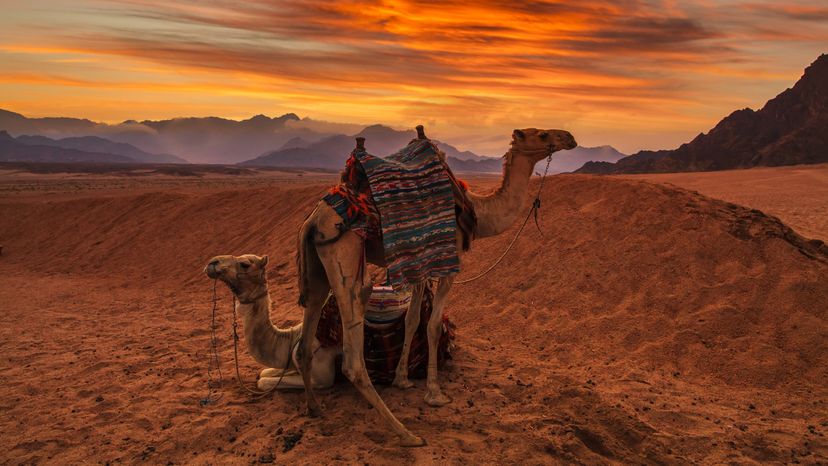Deserts, defined as areas receiving less than ten inches of precipitation annually, can take various forms, such as hot, cold, or coastal biomes. Hot deserts like the Sahara Desert, Kalahari, and Arabian Desert are characterized by scorching temperatures and vast sand dunes, while cold deserts, such as the Gobi Desert, are found in polar regions with very little precipitation in the form of rain or snow. Despite the inhospitable conditions, the desert biome hosts a remarkable array of animal life, each uniquely adapted to their specific environment, showcasing the incredible diversity of desert deserts.
In the Sonoran Desert, for instance, the desert bighorn sheep effortlessly traverses rugged terrain with its sure-footed climbing abilities. Meanwhile, the Arabian sand gazelle gracefully roams the dunes of the Middle East, and the desert cottontail and antelope jackrabbit inhabit the windblown deserts of southern Arizona and northern Mexico. These animals, along with countless others, showcase the phenomenon of convergent evolution, where different species develop similar characteristics or abilities due to their shared lifestyle.
However, these diverse desert ecosystems face threats such as poaching and habitat loss, which endanger the delicate balance of desert wildlife and their habitats. Preserving these diverse desert ecosystems is important. Desert animals play a role in maintaining the ecosystem’s balance, and their survival and diversity depend on conservation efforts.
